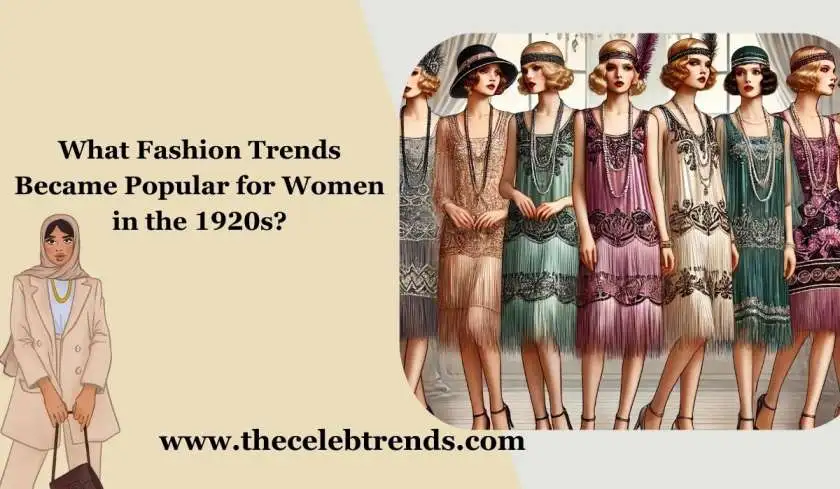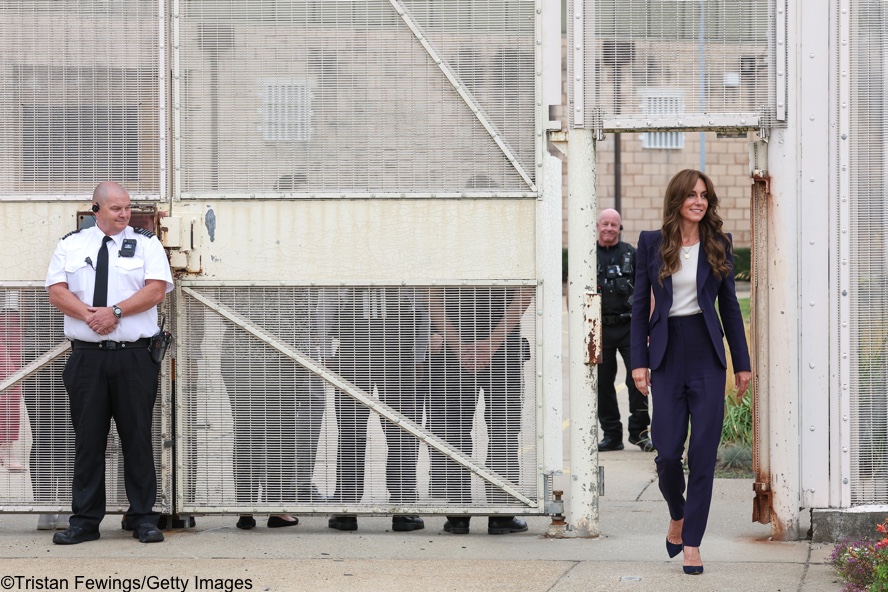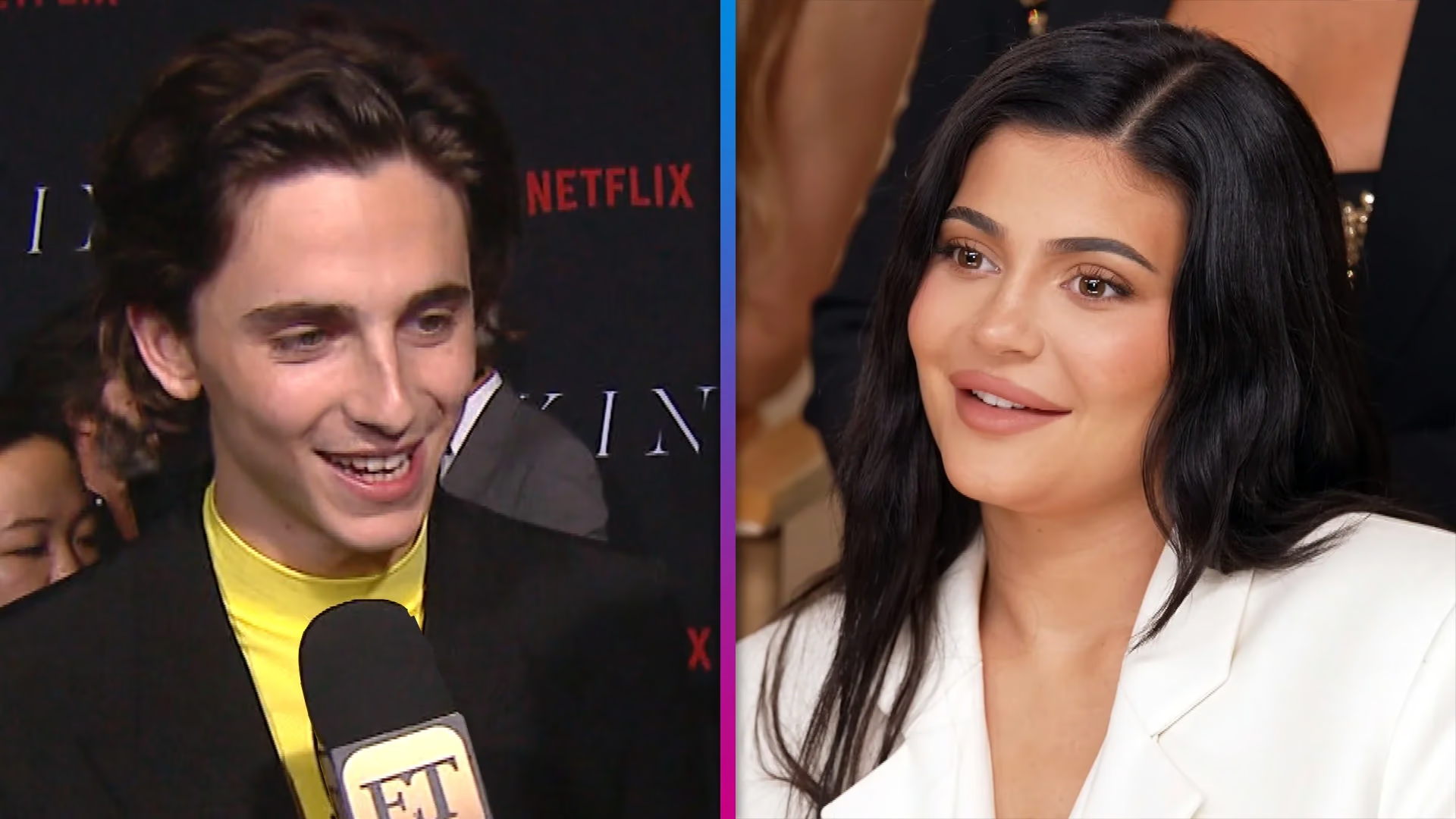What fashion trends became popular for women in the 1920s? The French tennis star Suzanne Lenglen was stoking the athletic frenzy, Bernice had chopped her hair, the fashion industry was influenced by Art Deco, and Chanel had introduced the Little Black Dress, which was a better fit for ladies.
Because the LBD was considered such a wardrobe staple, Vogue compared it to Ford's groundbreaking Model T from 1908. Vogue described a drawing of a black, long-sleeved dress that hung just below the knees in an article headlined. The debut of the Winter Mode that appeared in our October 1, 1926 issue: The Chanel 'Ford' the frock that the world will wear is model 817 of black crepe de chine.
With images by artists like Georges Lepape, Benito, and Henry Bolin, we commemorated the decade on our covers. These drawings, which have a harmony of linear features that seem to have been taken from the drawings of the future Chrysler Building, contributed to the Art Deco craze.
Cloche hats, tubular shapes with drop waists, and napkin hemlines that boldly skimmed the shins were on display for the first time and were among the fashion choices worn by ladies. Below is a summary of all of these 1920 fashion women dresses trends as well as more.
What Fashion Trends Became Popular for Women in the 1920s?

1920 Fashion Women Dresses for Trends
The ordinary woman of the 1920s was there for the "La Garçonne" look, which was boyish rather than manish, but she wasn't yet prepared for a full-on menswear-inspired period (that would take a few decades, around five for Saint Laurent's Le Smoking).
Read Also: Where Fig Leaves First Came Into Fashion?
The goal of the La Garçonne-style wordplay, which used the feminine article for the French "man," was to unsculpt the female form by using silhouettes that fell over her curves without pinching or hugging. Additionally, the style demanded a shorter hemline, which was previously only acceptable for young girls who were still unable to express their femininity through clothing.
This style was promoted by the Premet house. Premet's her Révyl commented on the gendered juxtaposition of the La Garçonne look in the month of February 1924 feature titled "A Conversation with Couturiers": "With cut hair, tiny hats pulled down over the eyes, bateau necks or other little collars, long sleeves, and boyish figures, we have absolutely nothing feminine left, unless we see the pretty slender ankles.
The History of 1920 Fashion Women Dresses

The daring were experimenting with the cutting-edge style even before F. Scott Fitzgerald solidified the bob as the decade's "do" in his widely read short story Bernice Bobs Her Hair.
Which appeared in The Saturday Evening Post in May 1920 fashion women's dresses. Dancer Irene Castle, who reportedly chopped off her hair to make it easier to wear after surgery, wore her ear-length hair across her forehead in a headband in 1915.
Read Also: What Type of Clothing is Needed October in Italy?
This unique style became known as the Castle band. Other notable bobs belong to Josephine Baker, who slicked hers down with sculpted strands into Kiss curls, and the vampy silent cinema diva Louise Brooks, whose angular jet-black bob won hearts in Howard Hawks' 1928 picture A Girl in Every Port.
The style was widely embraced and became popular, not just for stage and movie vixens. According to a February 1926 Vogue article, "One might never see a single distinguished head in the Lady Godiva tradition in a week of nights spent at smart restaurants in Paris or New York." The bob is in charge.
Rose Hemlines the Skirt
Although the bold flapper may have flashed them while seated, not a single knee was shown during this time period (it's a frequent misunderstanding that flappers wore dresses over the knee!).
According to historians of hemlines, this tendency peaked in 1926, when hemlines for dresses and skirts began to rise, initially skimming the ankles, then rising to the mid-shin, and finally falling just below the knee. The leg was always covered with flesh-colored stockings.
In Any Case, What Was a Flapper?
Consider the term "flapper" to be synonymous with "trendy." Flappers were the girls who dressed like flappers, and the flapper appearance was the current fashion trend. However, there is some history to the name; some believed it referred to young people who chose to unbuckle their galoshes, allowing them to flap with every step. To Know What Fashion Trends Became Popular for Women in the 1920s?

Others attribute the term "flapper" back to the Victorian era, when it was used to refer to young prostitutes. Consideration was given to rebranding Flapper. An article headlined "The Term 'Flapper' Carries No Stigma" appeared in Vogue in 1917. By 1920, Olive Thomas starred in Frances Marion's film The Flapper, and the rest is history. Being a flapper was the dream of every girl.
A New Hat Fashion Is Calling
The stylish woman of the 1920s would never leave the house without her hat. But as night fell, she would abandon it. Ladies' hats gradually shrank into the coche design in the 1910s and 1920s after the vogue for huge pancake hats in the 1900s.
The hat style, which was made popular by milliner Caroline Reboux in 1908, is named from the French term for "bell." A helmet-like cap for a helmet-like hairstyle was also the ideal combination for the bob.
The Dress in Little Black
Chanel's 1926 little black dress in a silk de chine was utterly modern, sleek, and luxuriously subtle. After a lengthy and depressing history as the color to mourn in, the style adopted black as a fashion color. Furthermore, the unfussiness of the LBD was a notable change from earlier styles. Want to know which type of fashion trends in 1920 women dresses?
Related Post: How to Wear Winter Indoor Clothes Hide Fat Tummy?
Because the silhouette Chanel proposed could be made from a wide range of textiles, it promoted the democratization of the couture appearance. The style was so timeless; the small black dress could be worn both during the day and at night; it was stylish day and night in jersey and chiffon.
The Style Robe
Another innovative silhouette of the time, known as the Robe de Style, was less well-known but no less common. In keeping with the time, this silhouette showed some leg, but it also showed some body, in contrast to the tubular style. Typically, the dress had a gathered, roomy skirt with no visible waist.
It reads as very feminine, airy, and diaphanous. Although she is most known for the Robe de Style, French designer Jeanne Lanvin was one of several who provided a feminine take on the masculine La Garçonne style. Vogue describes how French actress and fashion icon Regina Camier "made many converts to the Robe de Style with Lanvin's help" in a 1923 piece.
1920s Trends in Men's Fashion
If Paris had the last say in women's fashion throughout this decade, London especially a certain gentleman named Edward VIII, who was the Prince of Wales at the time—set the standard for men.
In addition to pinstripes, tweeds, and flannels, anything that evoked Savile Row tailoring and English country living, as embodied by the Prince suits were reduced from three to two pieces.
This tweedy look is maintained by two pant trends: the plus-fours (used for golf) and the Oxford Bags (wide-leg pants allegedly inspired by Oxford rowers). Upon their heads? A bowler hat in the style of Magritte.
Final Thoughts
What Fashion Trends Became Popular for Women in the 1920s? Some jazz players and bandleaders, like Duke Ellington, Jr., created the decade's musical score; the Renaissance in Harlem illuminated the world and provided it with something to listen to.
The jazzy dance known as The Charleston was introduced to the globe by the Broadway production Runnin Wild in 1923. Meanwhile, Josephine Baker was presiding over the Folies Bergère in Paris. Speaking of courts, French tennis star Suzanne Lenglen collaborated with fashion designer Lucien Lelong to create some significant fashion trends that were translated into ready-to-wear.










.jpg)
.jpg)

